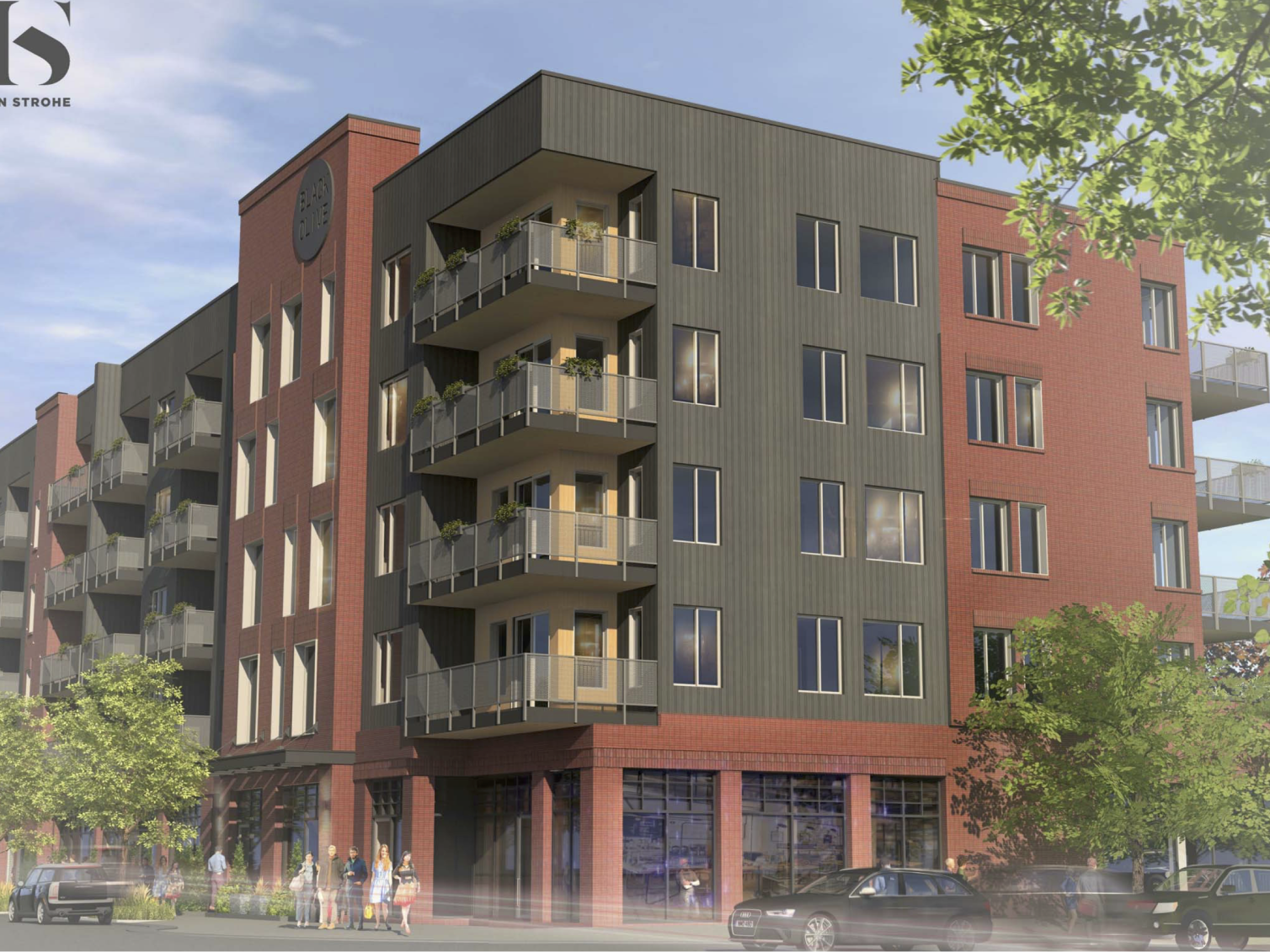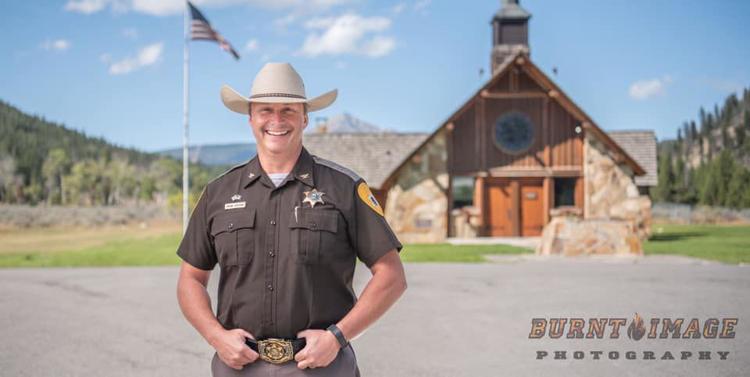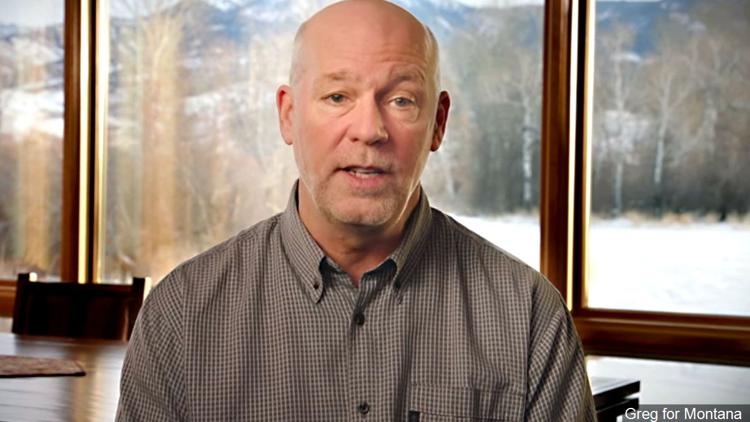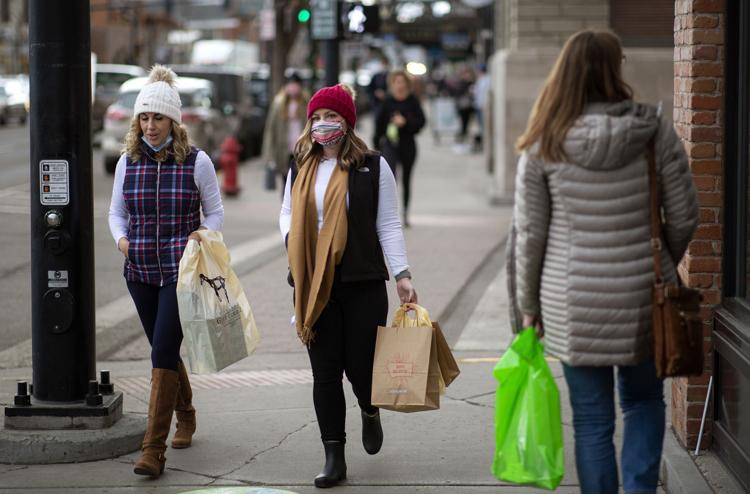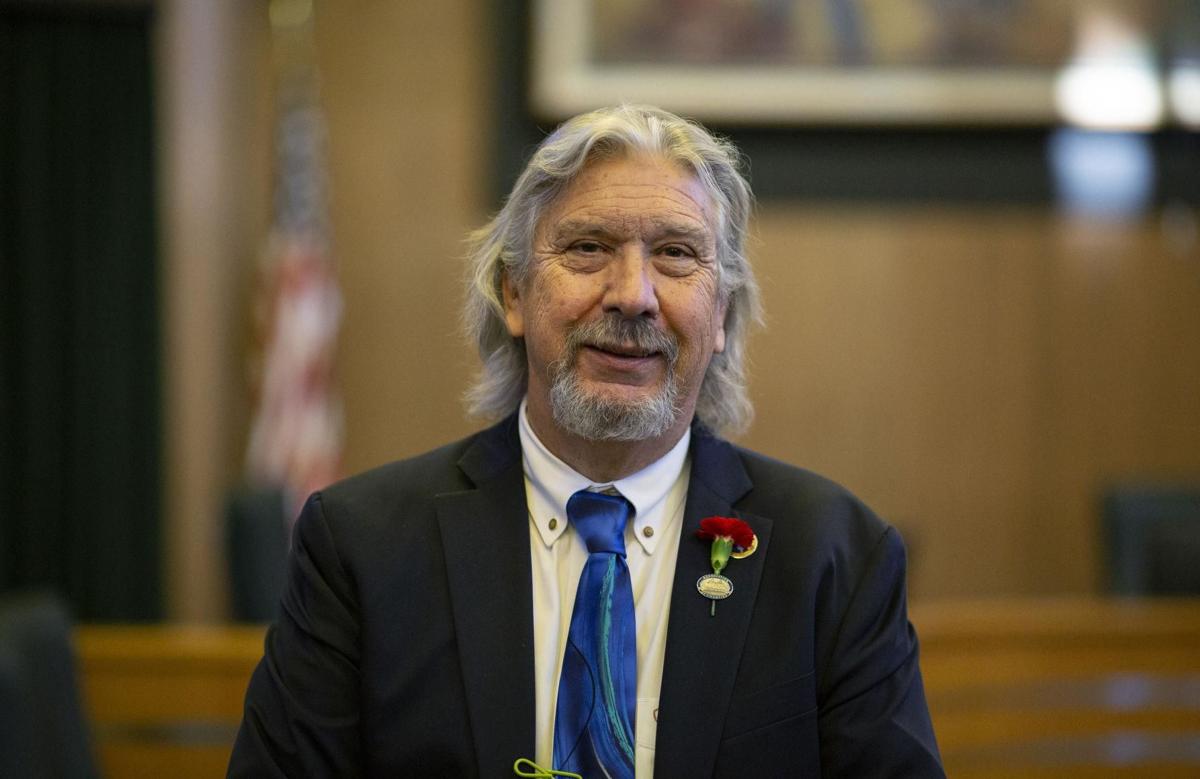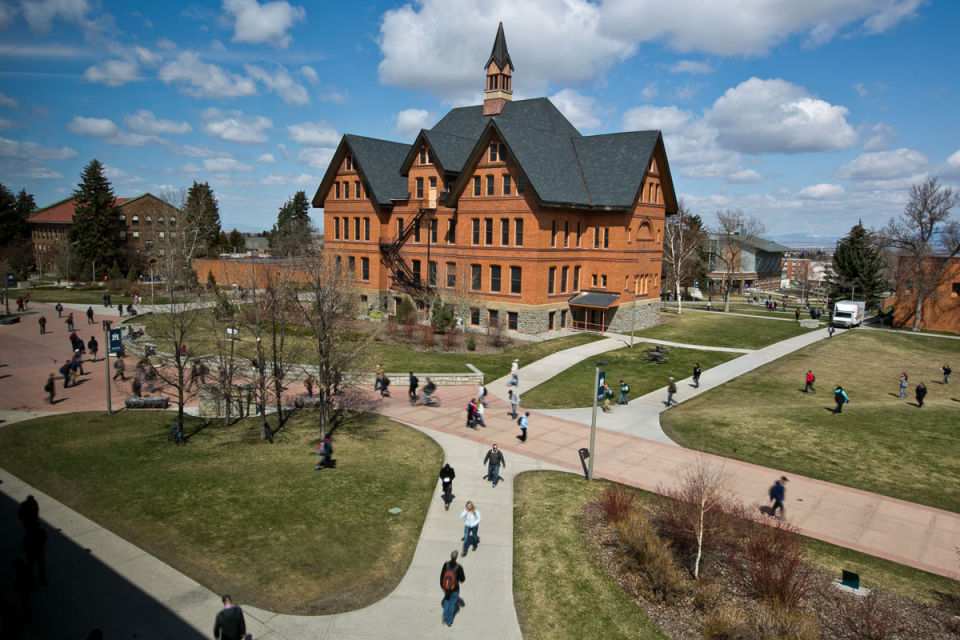BOZEMAN, Mont. – Those involved with Haynes Pavilion celebrated its 20th year in operation on Thursday.
Originally designed as an open air seasonal refrigerated skating facility and an offseason multiuse building, the Haynes Pavilion at the Gallatin County Fairgrounds is now enclosed and operations have expanded to include a second sheet of ice.
Starting with a dream of building a refrigerated ice rink, the Bozeman Amateur Hockey Association, the City of Bozeman and Gallatin County as well as area businesses constructed the area’s first covered refrigerated ice rink.
BAHA had been operating at Bogert Park Pavilion for 17 years. With the growing popularity of recreational ice sports, specifically youth and adult hockey programs, a new venue began to be considered.
“There was pressure on the city to move hockey away from Bogert Park, as it was growing and noisy for the neighbors,” said Rob Pertzborn, BAHA board member, adult commissioner emeritus and then intern at Prugh & Lenon Architects. “BAHA needed to have reliable conditioned ice, and the city said it was time to move and helped with the money. I suggested we call it Haynes Pavilion, named after Yellowstone photographer FJ Haynes, in order to increase our chances at getting the sale proceeds from a building the Haynes family had donated to the city.”
Ken Younger, former BAHA board president and organizer of the current Legends of Hockey over-60 league, played a role in the Haynes Pavilion construction as a general laborer.
“During early meetings about the possibility of building a rink, I analyzed the cash flow realities, need for endless volunteer hours, lack of money on hand and limited fundraising. I gave a presentation concluding that it couldn’t be done,” Younger said.
However, the founding leaders and volunteers pushed forward. The project cost, though, was a crucial concern before and during construction.
Dan Swanson, also a former BAHA board president, put together a grant proposal to the NHL Players Association. The NHLPA Goals and Dreams Fund approved the grant and contributed the final $60,000 toward completion of the refrigerated flooring system and mechanical rooms.
Haynes Pavilion was the first rink in North America to receive NHLPA funding at the time.
“Younger soon recruited me to the board of directors,” Swanson said, “where I started as treasurer and also wrote the newsletter communicating to the BAHA membership about progress on developing affordable refrigerated ice in the city of Bozeman.”
Once the building plans were in place, the key leading roles were assigned, and the necessary funds were raised. Construction began in 1999.
Joe Nelson of Barnard Construction led the construction effort in the spring of 1999 and called in favors from dozens of construction and supply companies. Rodger Stolzfus and Jimmy Canatta began working and didn’t look back.
Scott Lundberg, former BAHA board member, was at the rink most of the summer and fall of 1999 working on whatever needed to be done.
“Since we were trying to do most of the grunt work with volunteers, that consisted of digging, building forms for and packing the foundations of the columns that hold the pavilion roof up, placing and screeding sand, cutting and fitting insulation panels and cutting and placing rebar for the floor,” Lundberg said. “At one point, Joe Nelson and I were working on this and calculated that we had about 64,000 wire ties to go since we were placing #5 rebar on 2-foot centers. I took interest in the refrigeration and was learning what I could about how that system worked, so occasionally was helping there too, usually when my back and wrists hurt from doing wire ties.”
“The most memorable part for me was the concrete pour,” Lundberg added.
“There was an army of people from Concrete Materials and Lonesome Dove working together with a pump truck and a creter crane getting the 350 yards of concrete poured without interruption over 10 hours.”
“The most gratifying part of the whole affair was to see the huge number of volunteers and the many professional craftsmen who donated services and materials,” Younger said. “Unbelievable. I surely underestimated the willingness and passion of the early BAHA pioneers.”
“It was a very long slog, but volunteering on nights and weekends we built a solid foundation and sense of camaraderie in our future,” Swanson said.
In its first year, the new rink more than quadrupled the number of skating days available in the city. The youth hockey program doubled in size. New programs were launched, including a girls hockey program. In the summer, the pavilion is still used for diverse activities such as roller derby, farmers market and summer fair booths.
In 2006, the Haynes Pavilion was fully enclosed and insulated. However, due to the growing interest of organized ice programming along with the closure of the Valley Ice Garden in 2006, the demand at Haynes Pavilion soon exceeded its capacity.
The Gallatin Ice Foundation was soon established with the goal of providing a year-round refrigerated ice rink. After raising $3.55 million in cash and pledges and another $2.9 million in financing for its Raise the Barn campaign, the first phase of The Ice Barn was completed in February 2017.
This phase included the building shell and an additional refrigerated ice sheet. Participation numbers doubled within the first year of operation and continues to grow.
The Gallatin Ice Foundation launched its Finish the Ice Barn campaign in the spring with the goal of completing the interior of the building. This multi-million dollar project is expected to be finished within the next few years and include significant spectator seating and amenities as well as multiple locker rooms.


